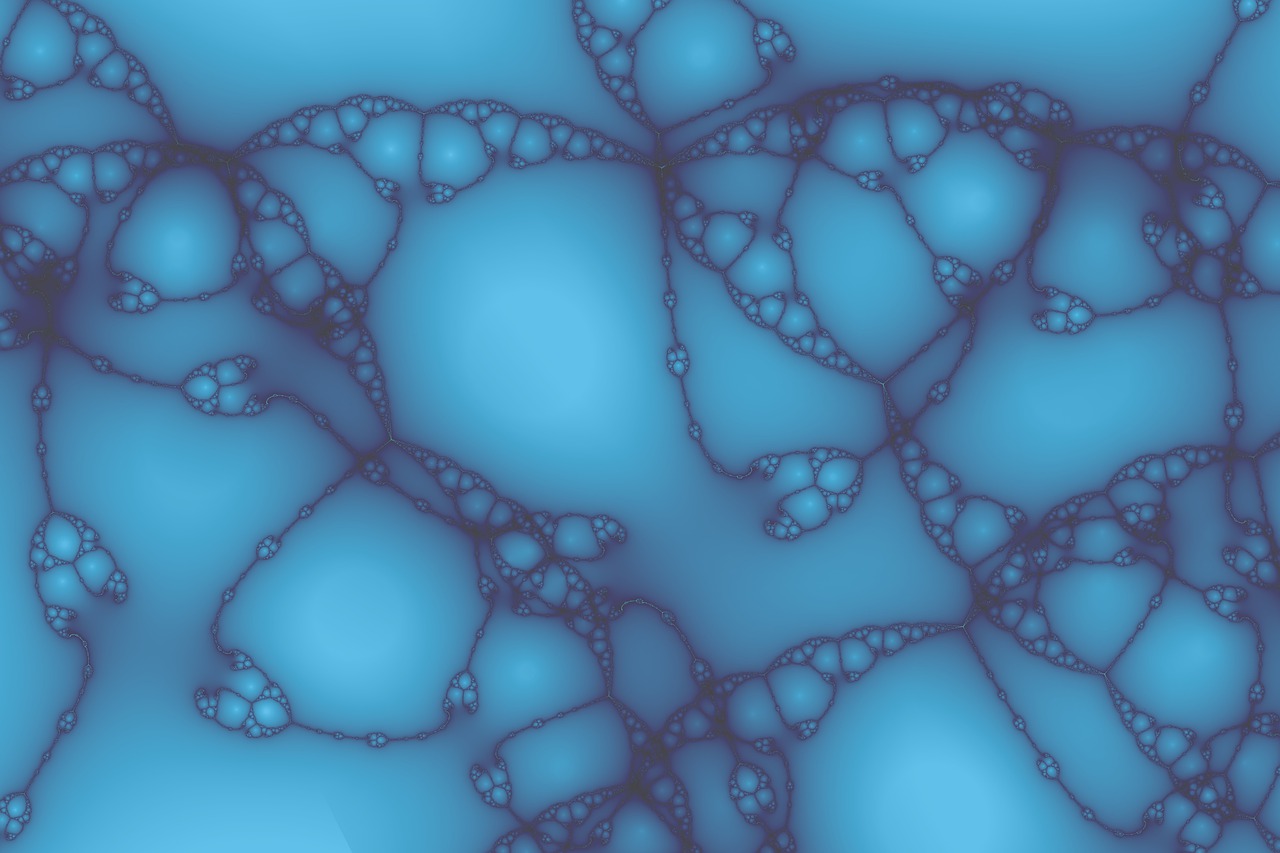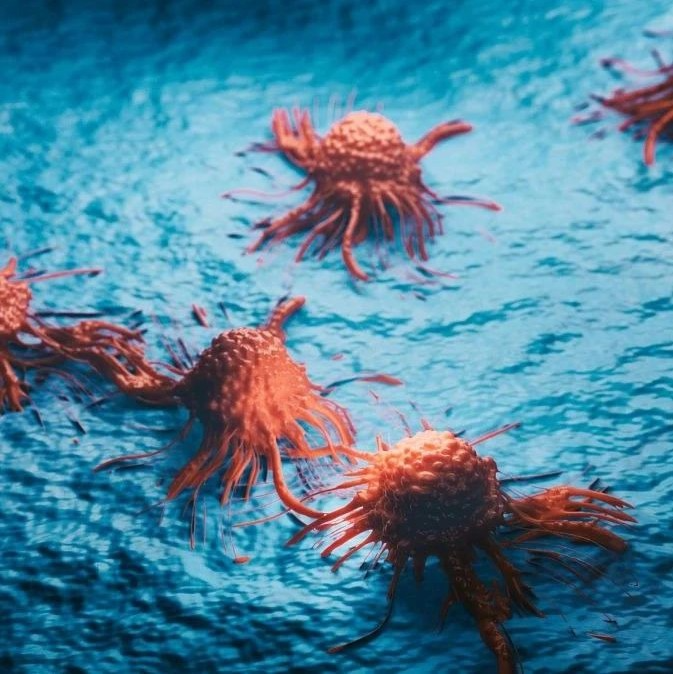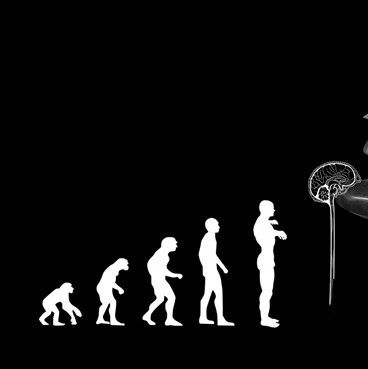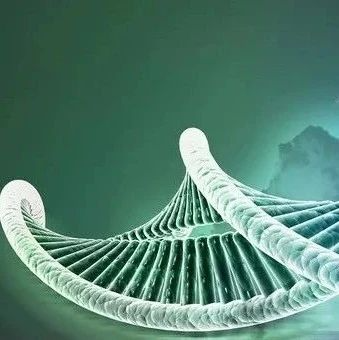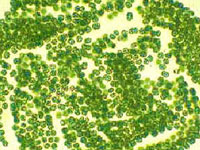
根据一项研究,一个改造全世界海洋中的微藻华从而减少大气二氧化碳浓度的设计方案可能让海洋被神经毒素污染。
Charles Trick及其同事报告说,为海洋施加铁肥――这种策略是为了增加生活在海洋表层水的消耗二氧化碳的生物的数量――很可能促进伪菱形藻的生长。
伪菱形藻是一个浮游植物属,它们产生导致记忆丧失性贝类中毒的神经毒素的一种成分。如果人吃了以这种藻类为食的鱼(如凤尾鱼和沙丁鱼),自然产生的这种毒素有可能导致人类健康风险。
这组科学家检查了在北太平洋亚寒带进行铁富集实验过程中采集的水样,并确定了菱形藻的群落比对照组增加了一倍,而富铁环境可能增加藻类产生的神经毒素,而这种毒素的自然释放特别促进了可能有害的浮游生物的进一步生长,因此也就增加了在铁施肥的过程中有毒藻华出现的几率。这组作者说,他们的研究可能影响着眼于铁施肥和深海碳截存的投资。
推荐原文出处:
PNAS doi: 10.1073/pnas.0910579107
Iron enrichment stimulates toxic diatom production in high-nitrate, low-chlorophyll areas
Charles G. Tricka,1, Brian D. Billb,c, William P. Cochlanb, Mark L. Wellsd, Vera L. Trainerc, and Lisa D. Pickelld
Oceanic high-nitrate, low-chlorophyll environments have been highlighted for potential large-scale iron fertilizations to help mitigate global climate change. Controversy surrounds these initiatives, both in the degree of carbon removal and magnitude of ecosystem impacts. Previous open ocean enrichment experiments have shown that iron additions stimulate growth of the toxigenic diatom genus Pseudonitzschia. Most Pseudonitzschia species in coastal waters produce the neurotoxin domoic acid (DA), with their blooms causing detrimental marine ecosystem impacts, but oceanic Pseudonitzschia species are considered nontoxic. Here we demonstrate that the sparse oceanic Pseudonitzschia community at the high-nitrate, low-chlorophyll Ocean Station PAPA (50° N, 145° W) produces approximately 200 pg DA L?1 in response to iron addition, that DA alters phytoplankton community structure to benefit Pseudonitzschia, and that oceanic cell isolates are toxic. Given the negative effects of DA in coastal food webs, these findings raise serious concern over the net benefit and sustainability of large-scale iron fertilizations.


